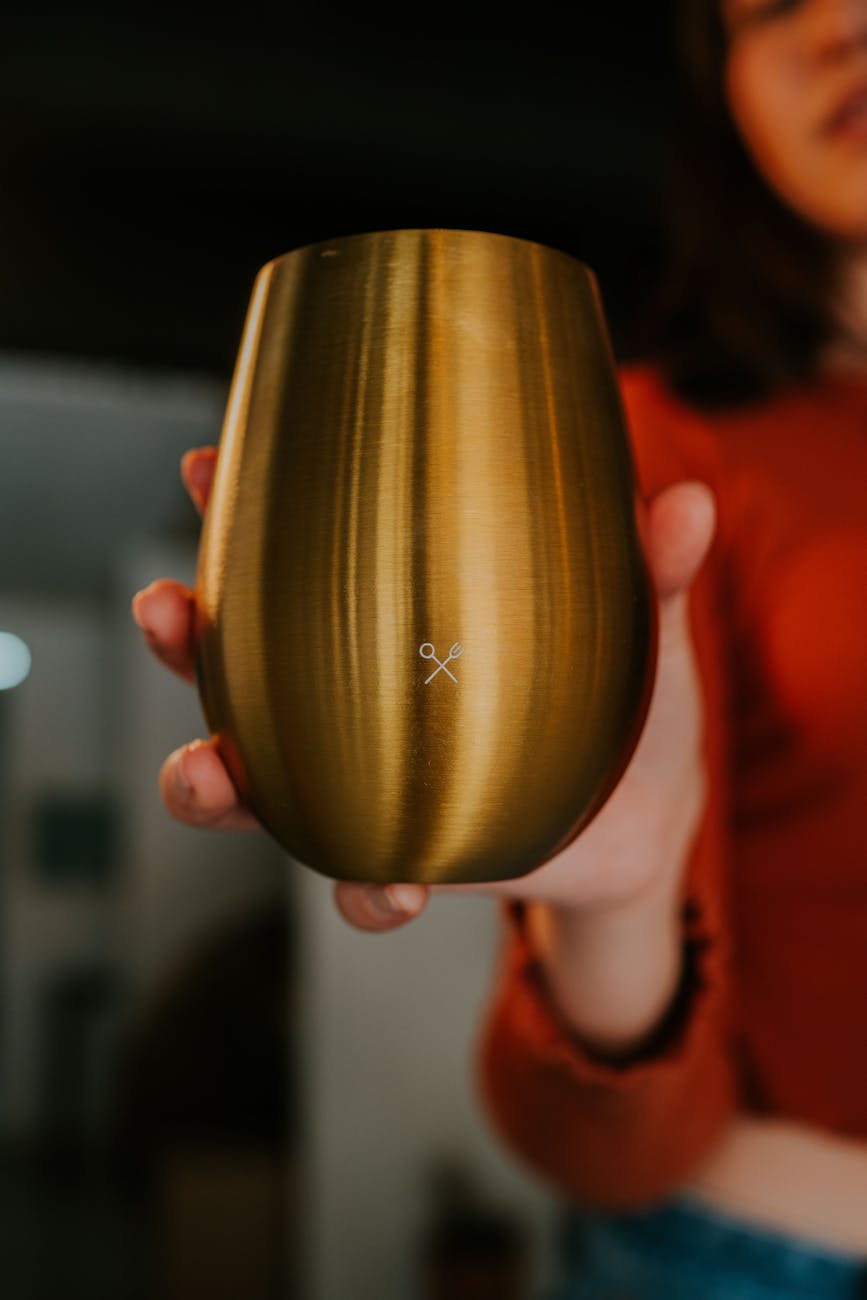FOB Terms and M1 Payments Against the LME
Copper remains one of the most vital industrial metals in the global economy, and copper concentrate deals are at the heart of international commodities trading. But not all copper deals are created equal. When a buyer enters into an agreement to purchase copper concentrate with 42% purity on FOB (Free on Board) terms, paying via M1 settlement against the LME (London Metal Exchange) price, the layers of complexity can surprise even seasoned investors.
What Is 42% Copper Concentrate?
Copper concentrate is an intermediate product extracted from mined ore, typically containing 20% to 45% copper. A deal involving 42% copper concentrate is considered high-grade and attractive to smelters, but it’s far from pure copper. The concentrate contains other materials such as sulfur, gold, silver, and potentially harmful impurities like arsenic. Each of these affects the pricing and requires technical review and inspection reports before acceptance.
FOB: A Key Shipping Term
FOB, or Free on Board, specifies that the seller is responsible for the goods until they are loaded onto the vessel at the port of shipment. Once the cargo is onboard, the risk transfers to the buyer. In a copper concentrate FOB deal, this means the seller must handle all costs related to transport within the country of origin, export documentation, customs clearance, and loading. The buyer then assumes the shipping cost, marine insurance, and responsibility for discharge at the destination.
This distinction is vital. Buyers often send inspectors or third-party verification firms to monitor the loading process, check for moisture levels, and confirm that the concentrate aligns with contractual quality parameters.
Payment via M1 Against the LME
Here’s where it gets even more technical. M1 refers to the prompt month settlement price on the LME – essentially the cash price for immediate delivery. When a buyer agrees to pay based on M1, they are using the spot market price at the time of delivery as the reference for payment.
However, copper concentrate is not priced at the LME copper cathode price directly. Smelters apply treatment and refining charges (TC/RC), and the payable metal content is calculated based on assays. For 42% concentrate, a typical deal might stipulate 90-95% payable copper, depending on impurities and market conditions.
For example, if the LME price is $9,000/tonne for cathode copper, and the contract allows 95% payable copper, the effective value of the concentrate might be $8,550/tonne – minus treatment charges and logistics costs. The buyer must also consider penalties for impurities like arsenic, which can be deducted from the payable value.
Challenges for Offshore Investors
From an offshore investment perspective, such deals involve logistical, regulatory, and pricing risks. One must navigate cross-border trade laws, environmental regulations in the country of origin, and customs compliance at the port of entry. Moreover, FX volatility, maritime disruptions, and geopolitical factors can complicate execution and affect margins.
Buyers also often require performance bonds or letters of credit to secure the transaction, which adds a layer of financial structuring that must be carefully designed, particularly when the deal is cross-jurisdictional.
The Opportunity in West Africa’s Copperbelt
For investors exploring resource-backed opportunities, the Central African Copperbelt presents a major upside. With growing demand for copper in electric vehicles, solar, and infrastructure, sourcing concentrate directly from West African producers can offer high yield potential — if managed with the right structure and risk mitigation.
Invest Offshore has projects in the Copperbelt region actively seeking investors to participate in structured deals involving high-grade copper concentrate. For more information, reach out to our team and explore how you can gain exposure to the commodities that power the future.

Leave a Reply